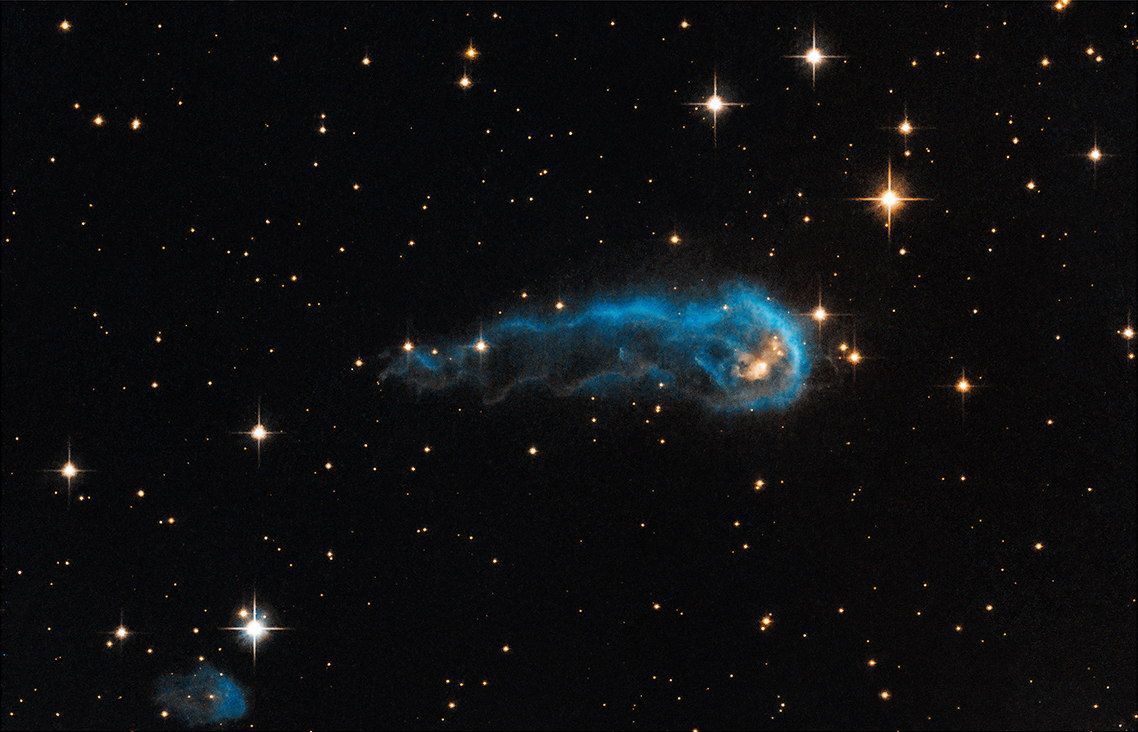Okay, Helio's post #10 has some misconceptions I feel that must be addressed. Helio says about Darwin's warm little pond, "He uses "pond" six times but never as you mention." My observation. This is a common misconception, it is from his letter, 'Did life evolve in a `warm little pond'?',
https://blogs.scientificamerican.com/thoughtomics/did-life-evolve-in-a-warm-little-pond/#:~:text=Charles Darwin was reluctant to publish his views,the first molecules of life could have formed.
Here is the well known quote using the sciam source. "But if (and oh what a big if) we could conceive in some warm little pond with all sorts of ammonia and phosphoric salts, light, heat, electricity etcetera present, that a protein compound was chemically formed, ready to undergo still more complex changes [..] "
~Charles Darwin, in a letter to Joseph Hooker (1871)
FYI creationists use this reference correctly and cite the letter. Helio also said "But this has nothing to do with how planets take their places in orbital configurations."
My point, the study of gas clouds in astronomy today is more than how a gas cloud could collapse and form stars and planets. A central tenet in astrobiology concerns searches for finding the chemical elements for the origin of life in the gas clouds that later, evolve into stars, planets, and by abiogenesis, into life, so this is more than how orbital configurations may develop. 'Ingredients for life appear in stellar nurseries long before stars are born',
https://phys.org/news/2020-06-ingredients-life-stellar-nurseries-stars.html, June 2020. ""Complex organic molecules that could serve as building blocks for life are more ubiquitous than previously thought in cold clouds of gas and dust that give birth to stars and planets, according to astronomers at the University of Arizona Steward Observatory...These molecules also appear much earlier than conventional wisdom suggested, hundreds of thousands of years before stars actually begin to form, the researchers found. "
I find it refreshing when science freely acknowledges these tenets, astrobiology is founded upon abiogenesis and gas clouds need to contain the seeds for life to later evolve from non-living matter. Charles Darwin in his 1871 letter may not have thought like this but today the paradigm is there.




